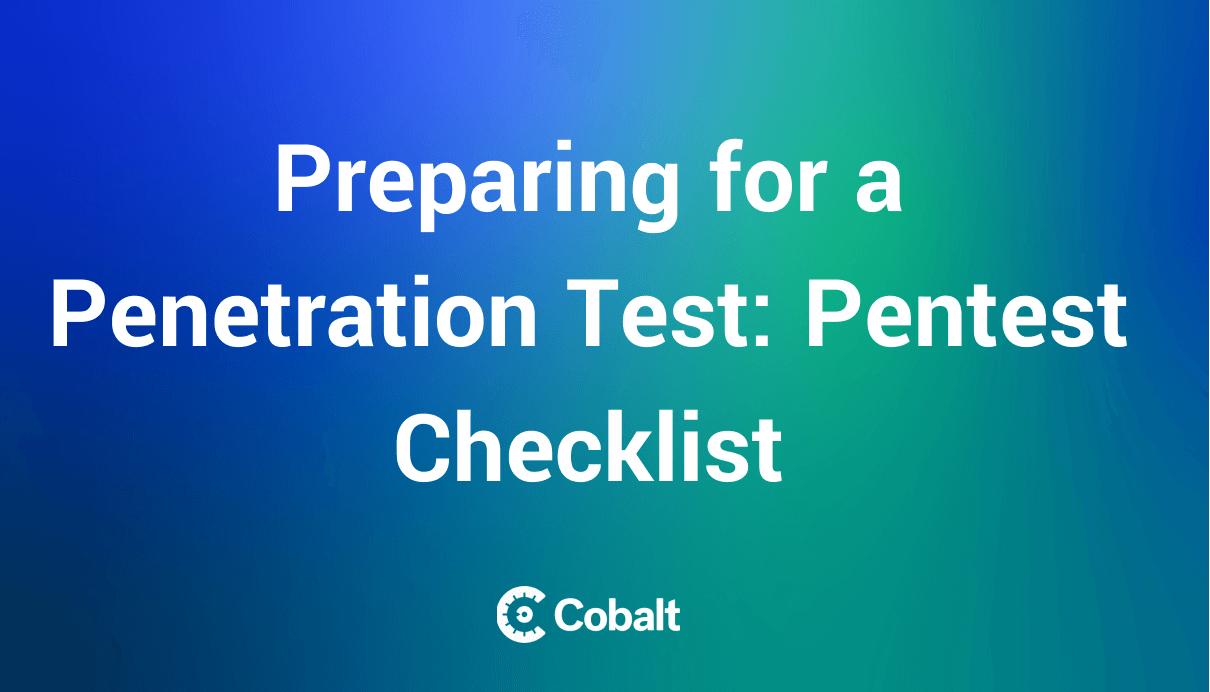Childhood memories often have a funny way of teaching us life's most important lessons, especially when it comes to the real value of things. I'm reminded of a time in a tourist trap with my grandfather. Through a symphony of sniffles from a cold, my eyes were glued to a magnificent switchblade comb. For just fifty cents, it felt like I was acquiring the pinnacle of cool. No actual blade, just the satisfying flick of a comb.
Of course, I bought it. I probably flipped it open a dozen times, each flick amplifying my sense of childhood swagger. Then, the inevitable happened. The plastic comb head unceremoniously flew off. "Grandpa," I whined, "it's broken! It barely worked!" He shot me a knowing look, one that transcended words, and offered a piece of wisdom that has stuck with me ever since: "Son, you get what you pay for." The cashier was equally unsympathetic, informing me that the quality of that comb was my own to own from the first flick. A hard lesson, but a valuable one.
Six Red Flags of a Dysfunctional Pentest
That fifty-cent comb is a perfect metaphor for what's happening in the world of penetration testing. In a rush to save a few dollars, many organizations are opting for cut-rate pentesting services, only to find themselves with a broken, useless handle and a false sense of security.
Here are six signs that your pentesting program might be the equivalent of that cheap comb.
- It creates friction with your developers. A pentest shouldn't be an arduous process. When findings are delivered in a clunky PDF, it creates a headache for your development team to parse and prioritize. Our integrations make this far simpler, so that findings are delivered straight into the developer’s backlog. Effective pentesting relies on collaboration between testers and developers. Direct communication between our pentesters and your developers means devs can have their questions answered about how to implement fixes quickly. With unlimited retesting, those fixes are validated, and our experts can be further consulted to make sure the fix is done right.
Crucially, Cobalt pentest findings are material, exploitable vulnerabilities—not waste-of-time issues that no one cares about. One of our customers, who briefly left for a cheaper option and then returned, put it best: "It caused a lot of friction for our engineering team because we were trying to fix things that didn't feel like the best use of time.” - It's heavy on scans, light on proof. Many low-cost services are little more than glorified vulnerability scans. As a former customer who came back to us explained, their experience with a cheaper alternative was that they "ran a vulnerability scan on it first and then a person would probably review them and then send it to us.” Without a human-validated proof of concept, your team is left chasing down false positives and irrelevant findings.
- It's a snail's pace to start. In today's fast-paced world, waiting weeks for a pentest to even begin is a non-starter. Traditional pentesting can have lead times of four to eight weeks, leaving your company exposed. This also creates friction because the development team may be making changes to the product frequently, and need to maintain an environment for the pentester. So when getting started takes weeks, it blocks release. Scheduling retesting on top of that may cause further delays.
- It's a one-trick pony. If your pentesting provider can only handle one engagement at a time, it creates a significant bottleneck for your security program and slows down your development pipeline. You also need the horsepower of a team of pentesters with the right expertise. If you have a bunch of generalists, what do you do when you need testers who can work on Unity (for mobile) or Web Sockets? Go with a team with a full stable of experts.
- The price is too good to be true (or just too high). Some services are deceptively cheap, like the “budget” airline with its inexpensive airfare,who nickel and dimes you for every add-on service, from bags to meals. If your pentester charges extra for the customizations you need and retesting, it may bust your budget. Others are prohibitively expensive with inflexible pricing models. Many companies feel trapped into paying for pricey consultants.
- There's no follow-through on fixes. A pentest is only as good as the remediation that follows. A major issue for a customer who tried a different service was the "slow response in showing that we had remediated what they called critical issues. This created a domino effect of problems, especially when they had to explain to their own customers why critical vulnerabilities appeared unresolved in their security reports.
- Leverages AI for all the wrong things. Pentests that overly rely on AI are essentially glorified scanners with all the tradeoffs tools create. They frequently lack the depth, accuracy, and context security teams need to ensure discovery of relevant findings. This search for pentesting efficiency can paradoxically create more work, by forcing security and development teams to validate every AI-generated finding.
Investing in a Pentest That's Built to Last
In the treasure chest of today's technology markets, there is a mad rush to monetize tremendous investments in the next silver bullet. I understand that! Venture money is like a dog—at some point it comes home hungry and wants to eat. But, beware of the junk flip-open thing that was hastily developed and too cheap to be good and no resolution if it goes bad.
At Cobalt, we’re investing for the long haul. We've designed our Cobalt Offensive Security Platform to be the antithesis of the dysfunctional, fifty-cent comb approach. Here's how we deliver real value:
- Seamless developer collaboration. We facilitate real-time communication between our pentesters and your development team through Slack, Microsoft Teams, and our own platform; and easy integrations with workflows and systems like Jira. A customer who returned to Cobalt praised this, saying it "allowed us to come up with solutions in almost real time.”
- The power of human ingenuity. Our Cobalt Core pentesters are vetted experts who go beyond automated scans to provide actionable, human-validated findings. And we match you with the right expertise for the right tech stack, rather than using a one-size-fits-none approach.
- Knowledge and experience in LLM testing. As you begin fully implementing AI in your business, you need rigorous tests to ensure your LLM and AI applications are safe, secure, and properly tuned to keep your data where it belongs. Cobalt pentesters know how to do AI and LLM pentesting–we practically wrote the book on it, as contributors to the OWASP Top 10 for LLM Applications.
- Unmatched speed and agility. We can launch your pentest in as little as 24 hours. Our engagements are typically completed in 10-14 days, which is up to 50% faster than traditional methods. This allows for more frequent testing to keep pace with your development cycles.
- Scalability on your terms. Our platform is designed to handle multiple pentests simultaneously, and our flexible, credit-based pricing allows you to scale your security program as your needs change. In fact, one of our customers set up and kicked off 30 pentest in a single day, because that was their need—and we could accommodate that.
- We see it through to the end. Retesting is included in every engagement to ensure vulnerabilities are properly remediated. As one customer put it, with Cobalt, "80% of our retesting was finished before the engagement was over.”
- AI that works, rather than creates work. Our investments in AI have been targeted at reducing toil and improving user experience, so that pentesters can focus on the creative exploits that identify serious gaps in defenses, rather than flooding backlogs with low severity issues.
Ultimately, the choice is yours. You can opt for the cheap, flashy object that will likely break when you need it most, or you can invest in a robust, reliable solution that delivers real, lasting value. A recent ESG report found our PTaaS model provides a 176% return on investment per engagement, reduces the time vulnerabilities are exposed by 66%, and lowers the total cost of a pentest by 53%.
For your business to endure and grow securely, you need solutions that help you improve your security, not just check a compliance box. That cheap toy I bought as a kid was neither a working comb, or a switch-blade—it didn’t deliver any value, only disappointment.
Don't learn the hard way like I did in that tourist shop. When it comes to your organization's security, you truly do get what you pay for.








